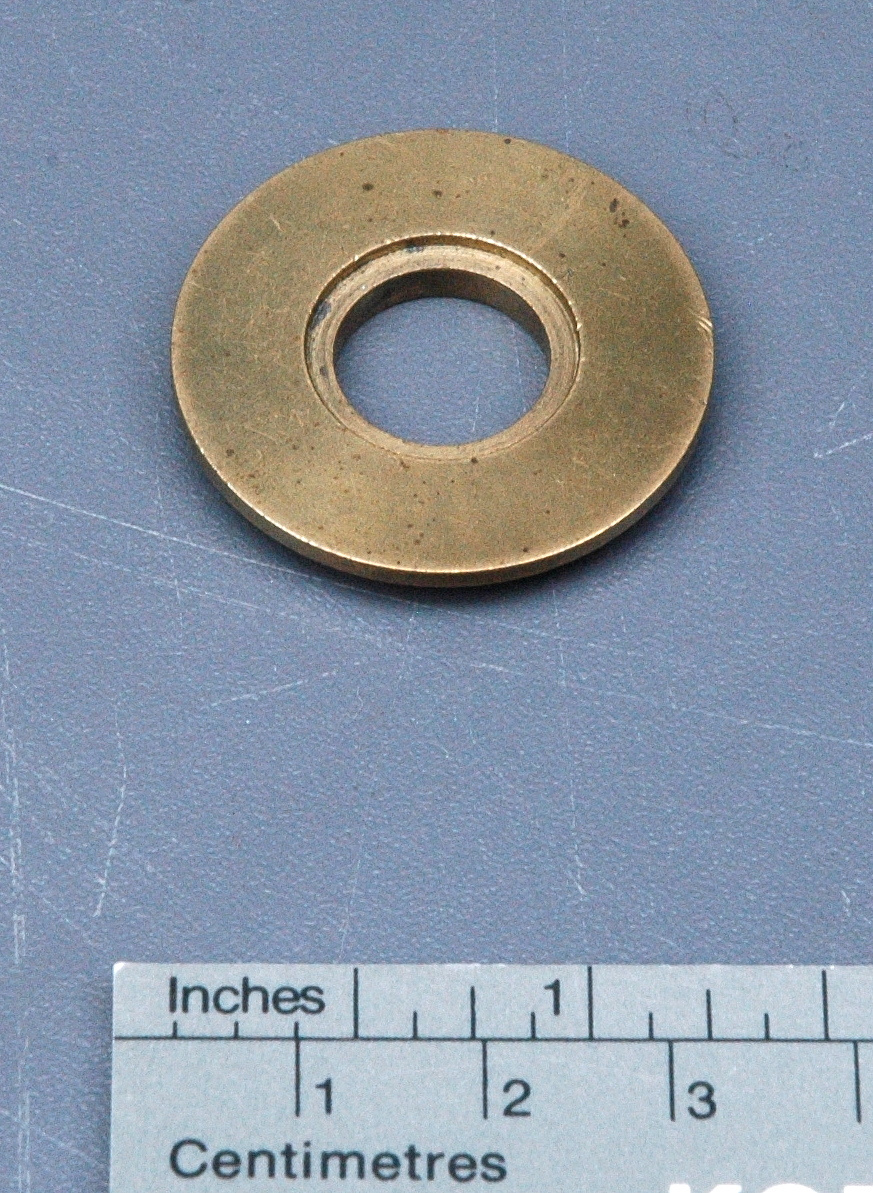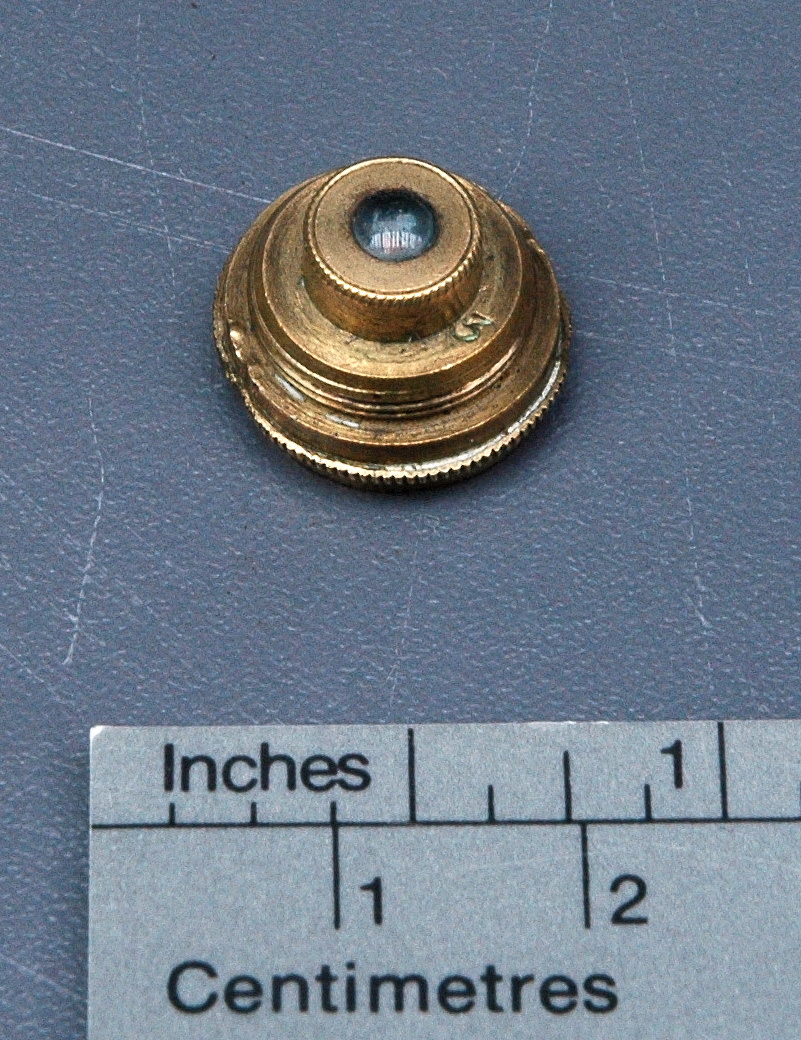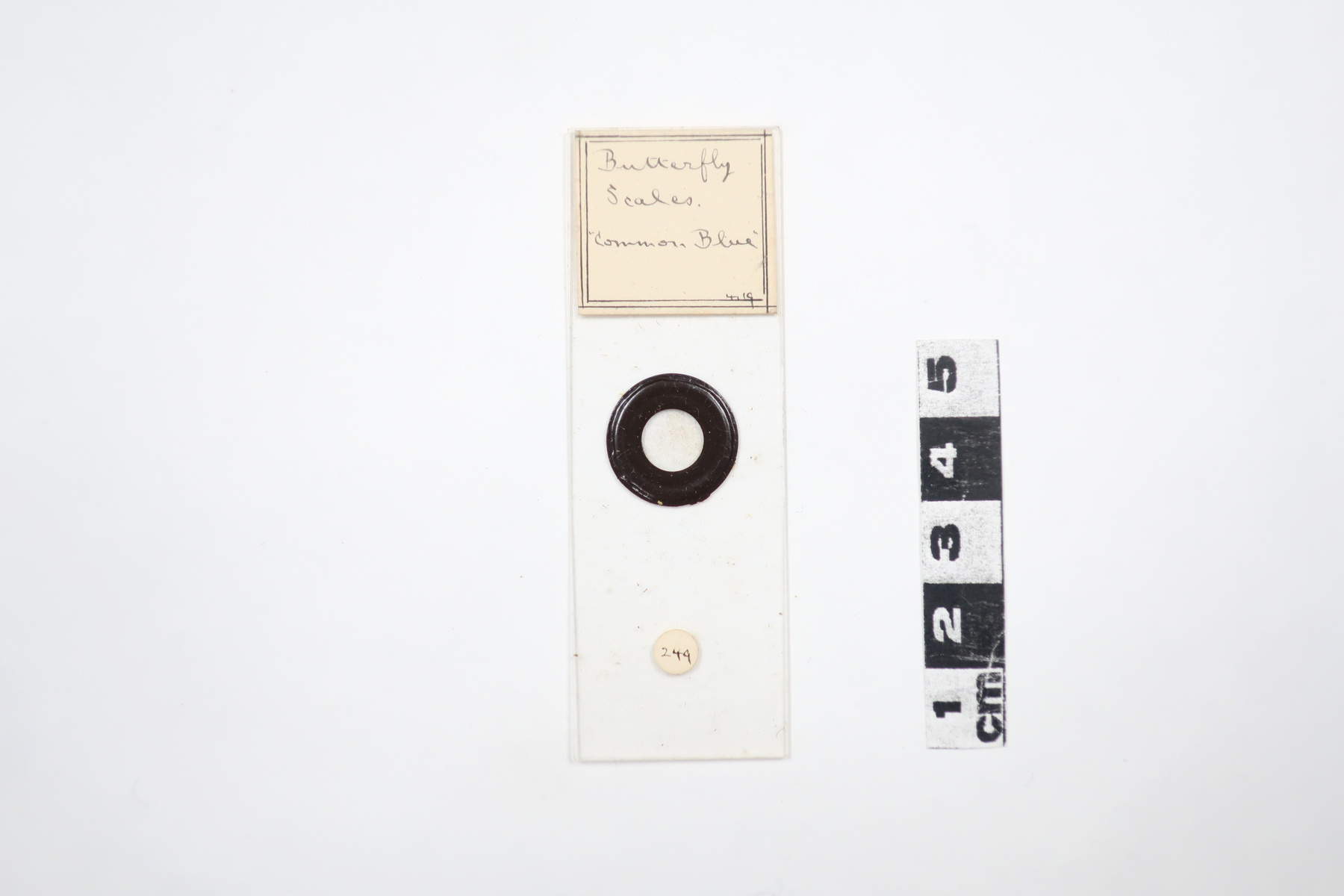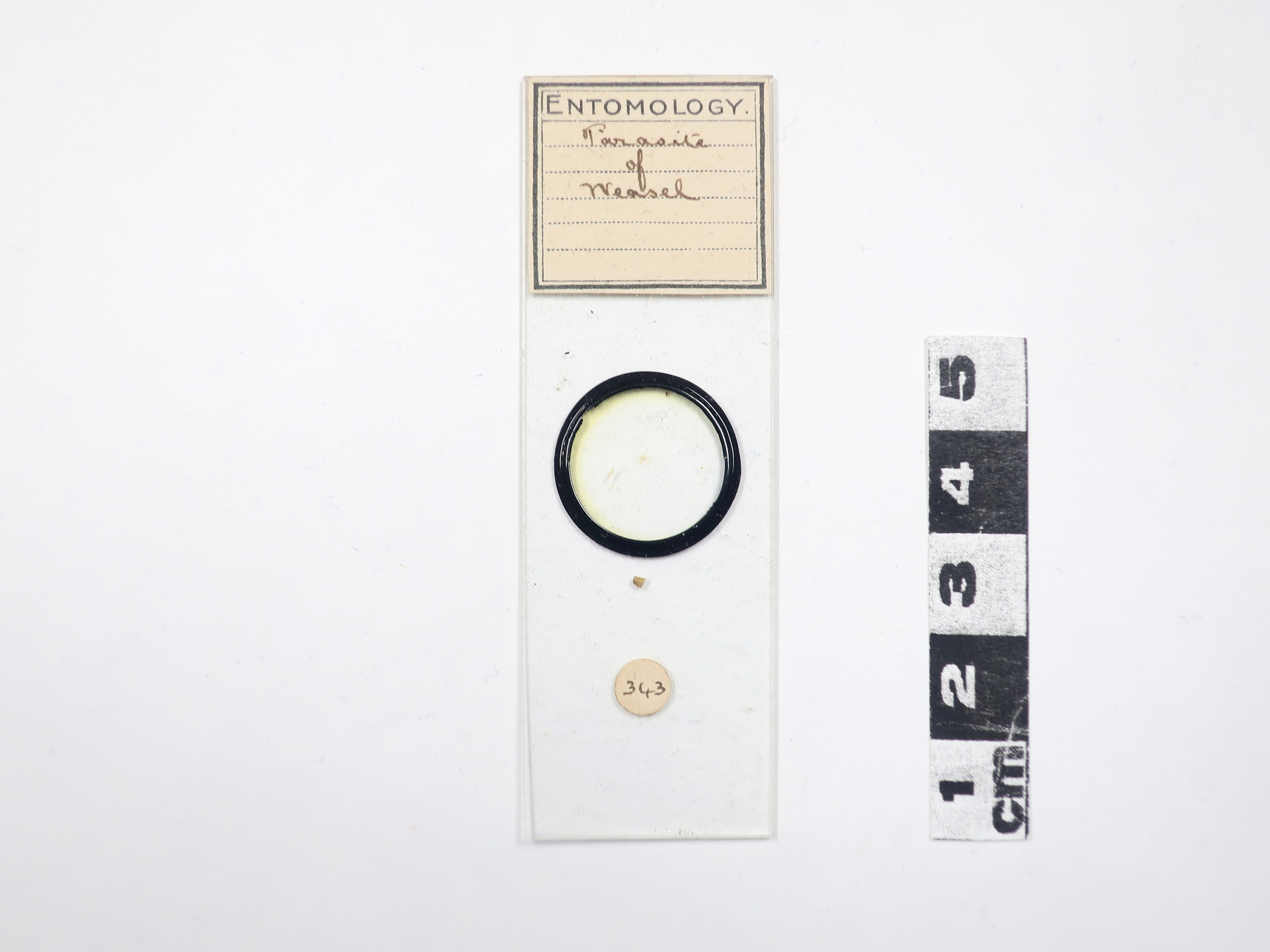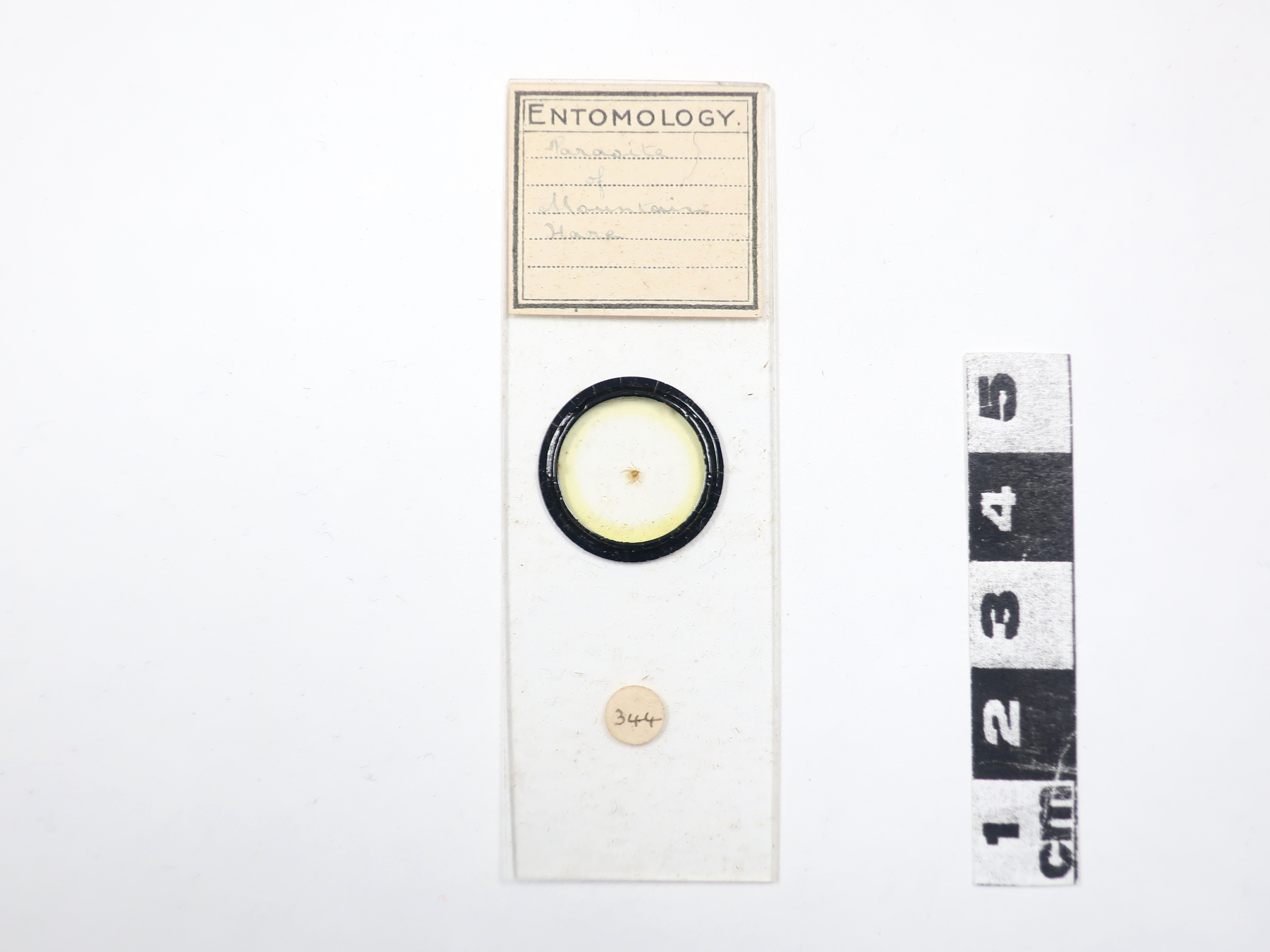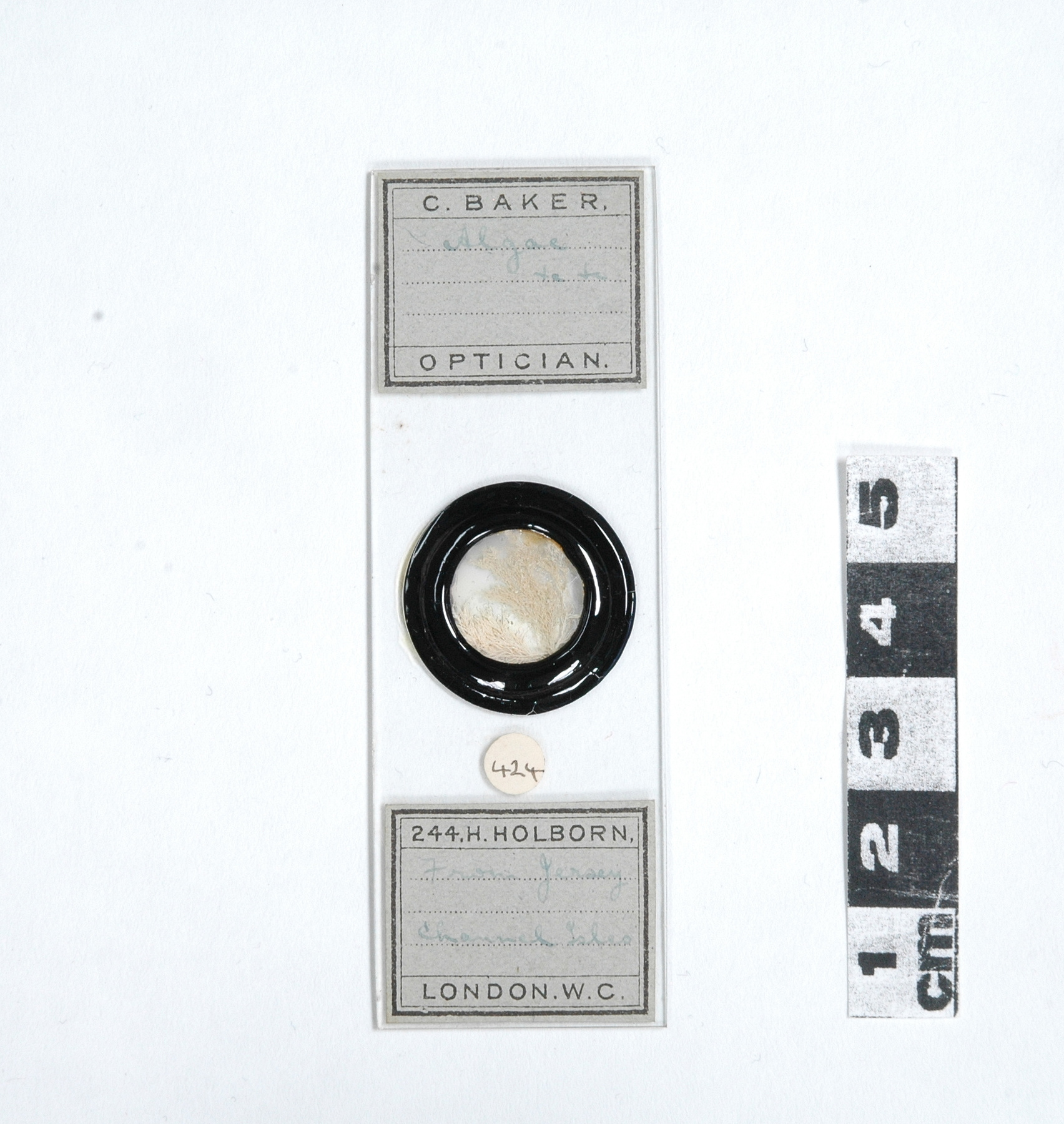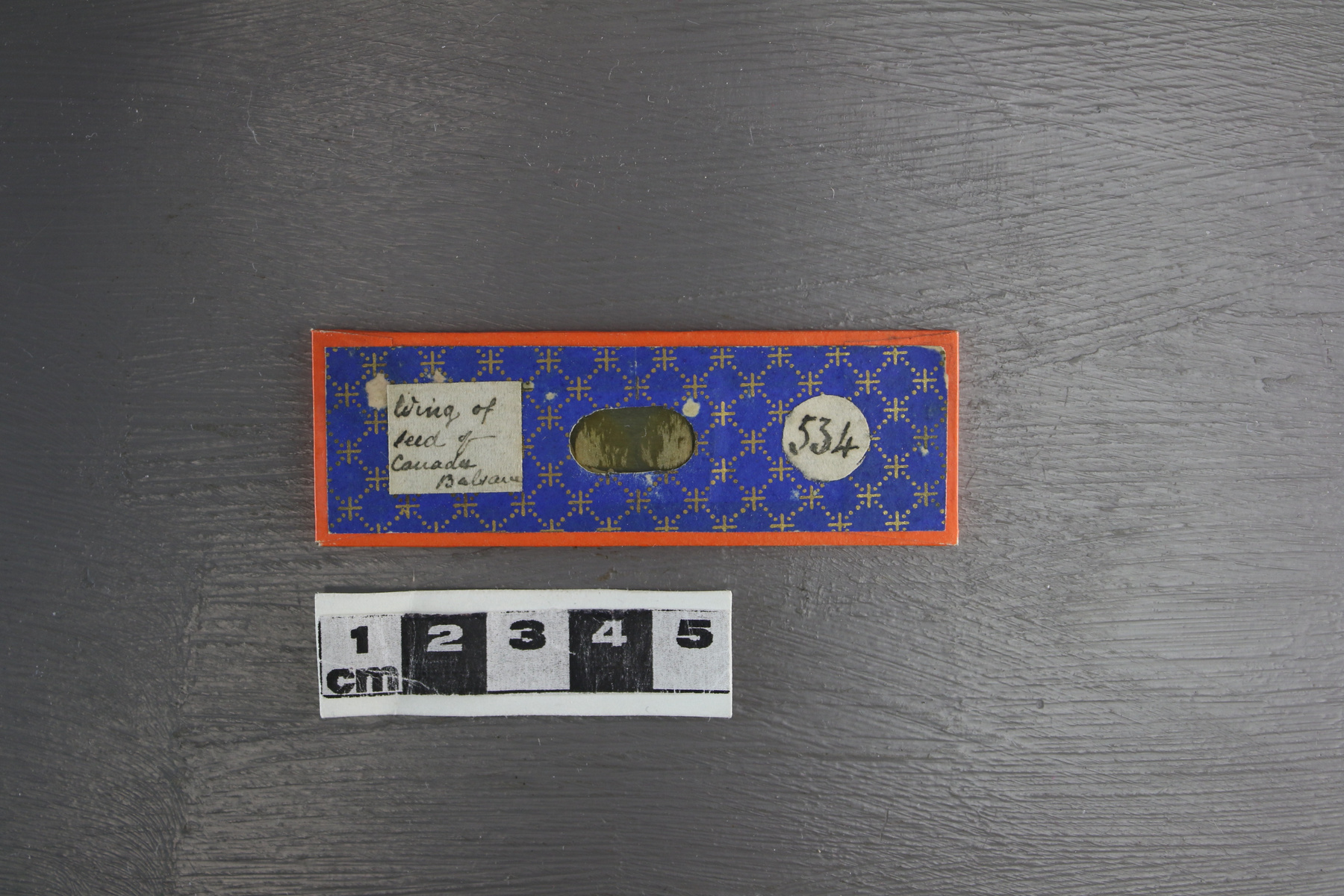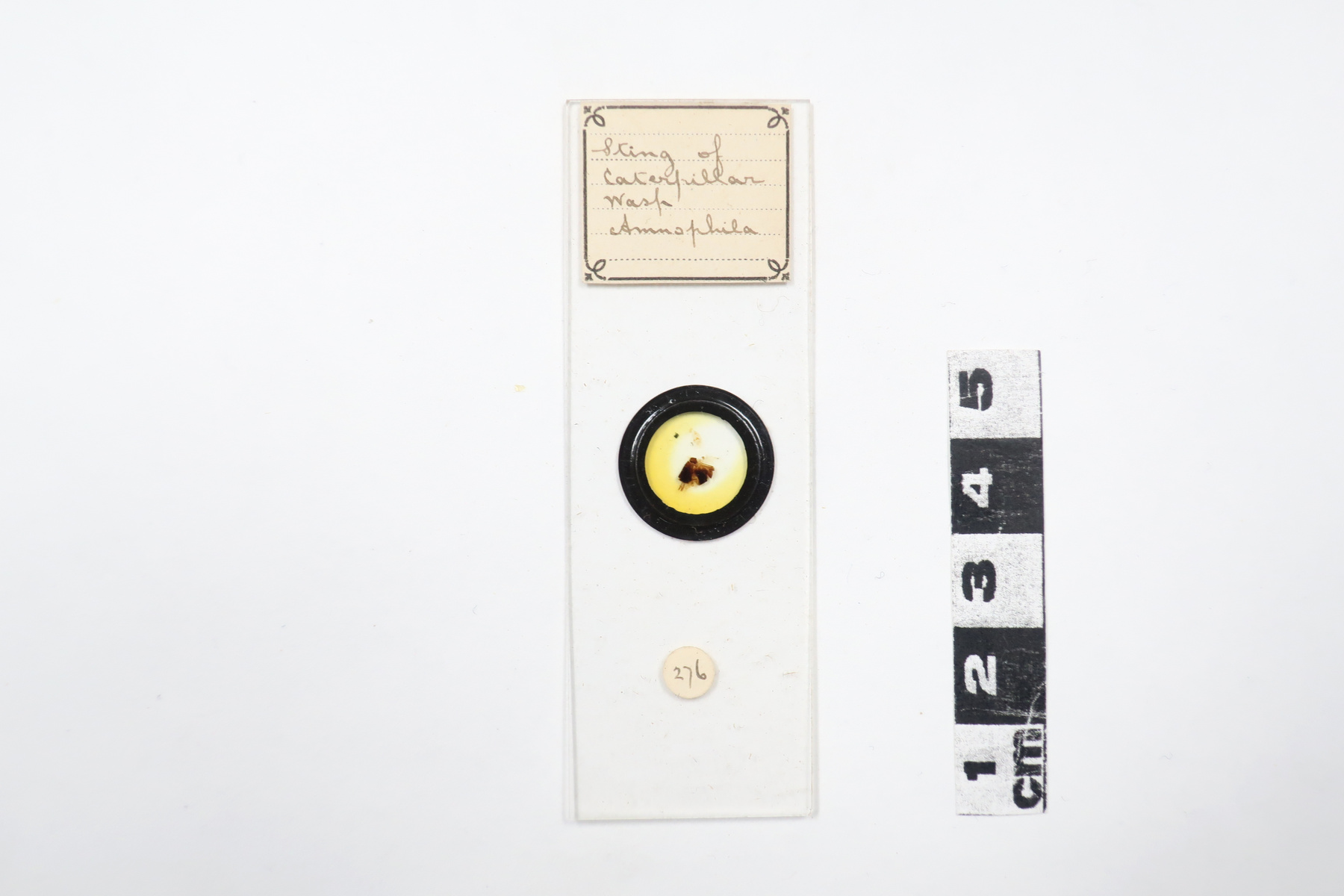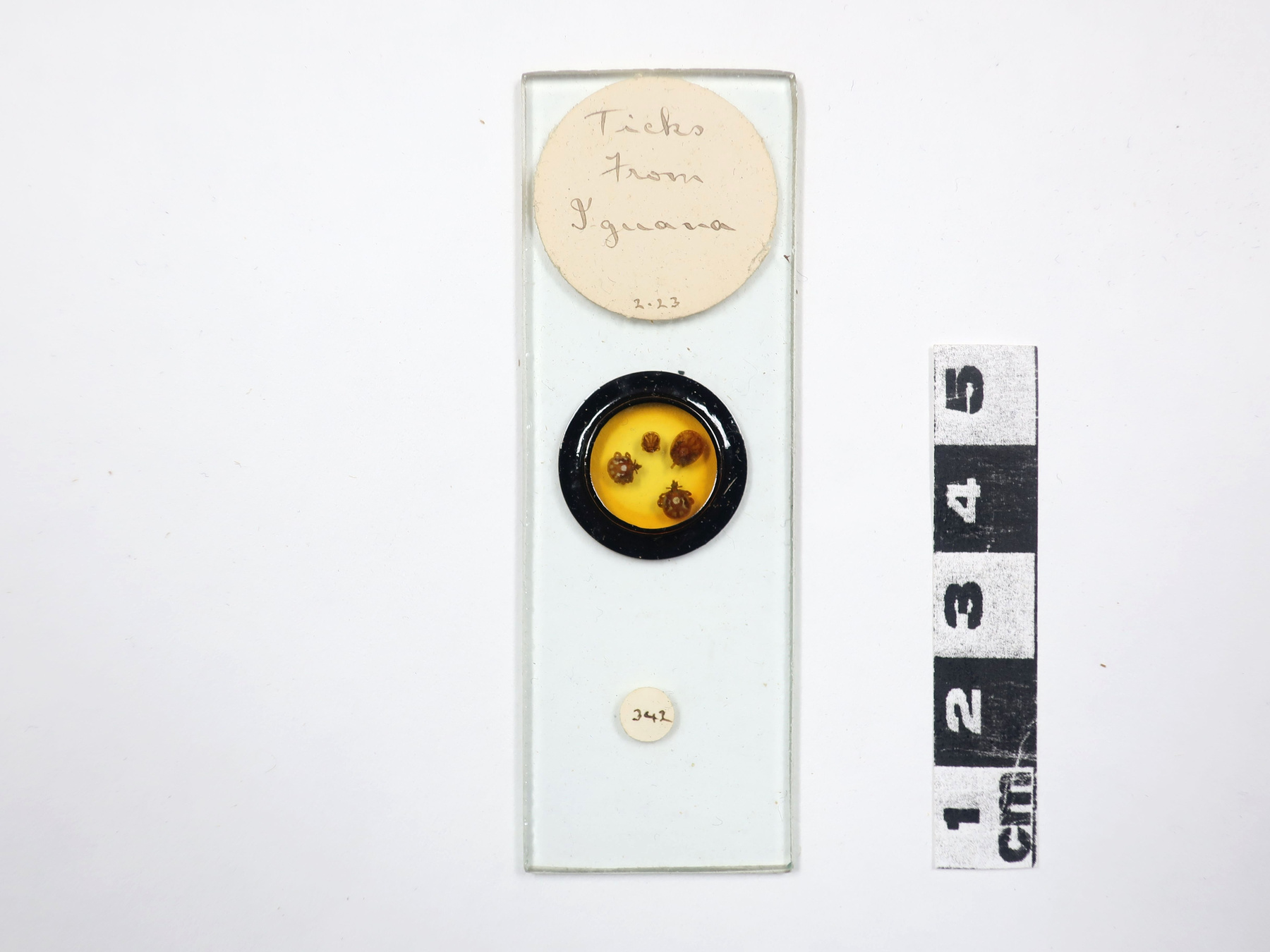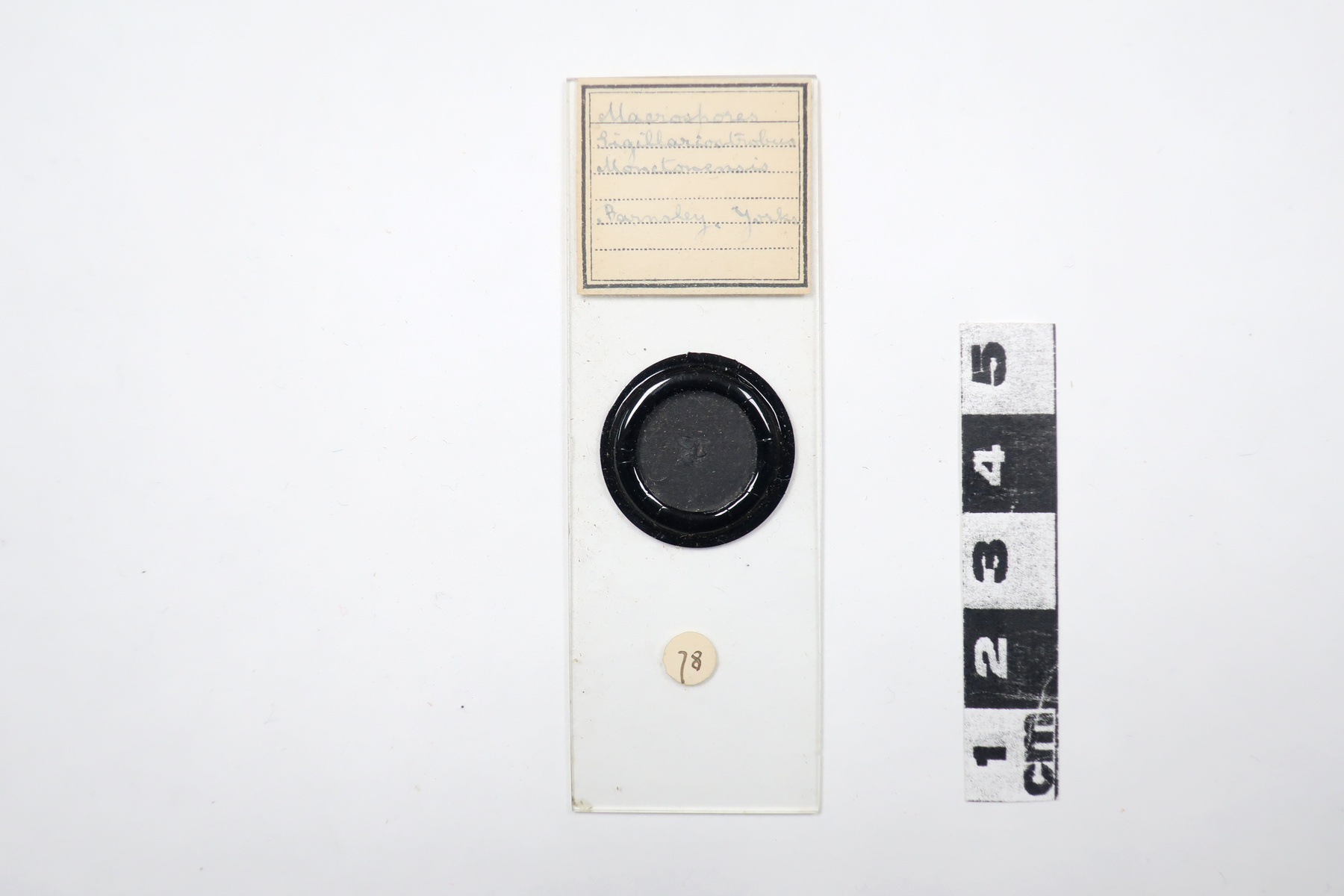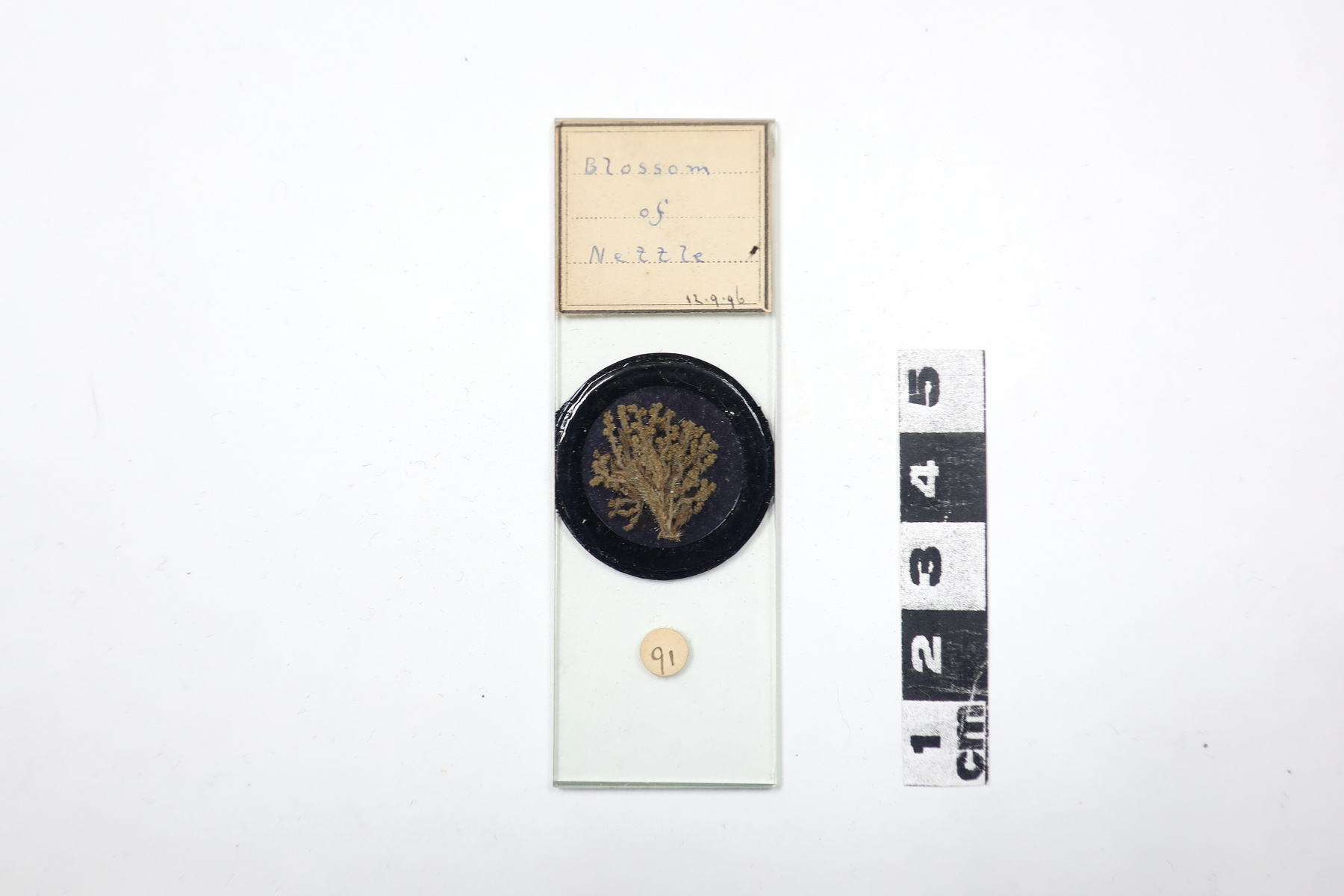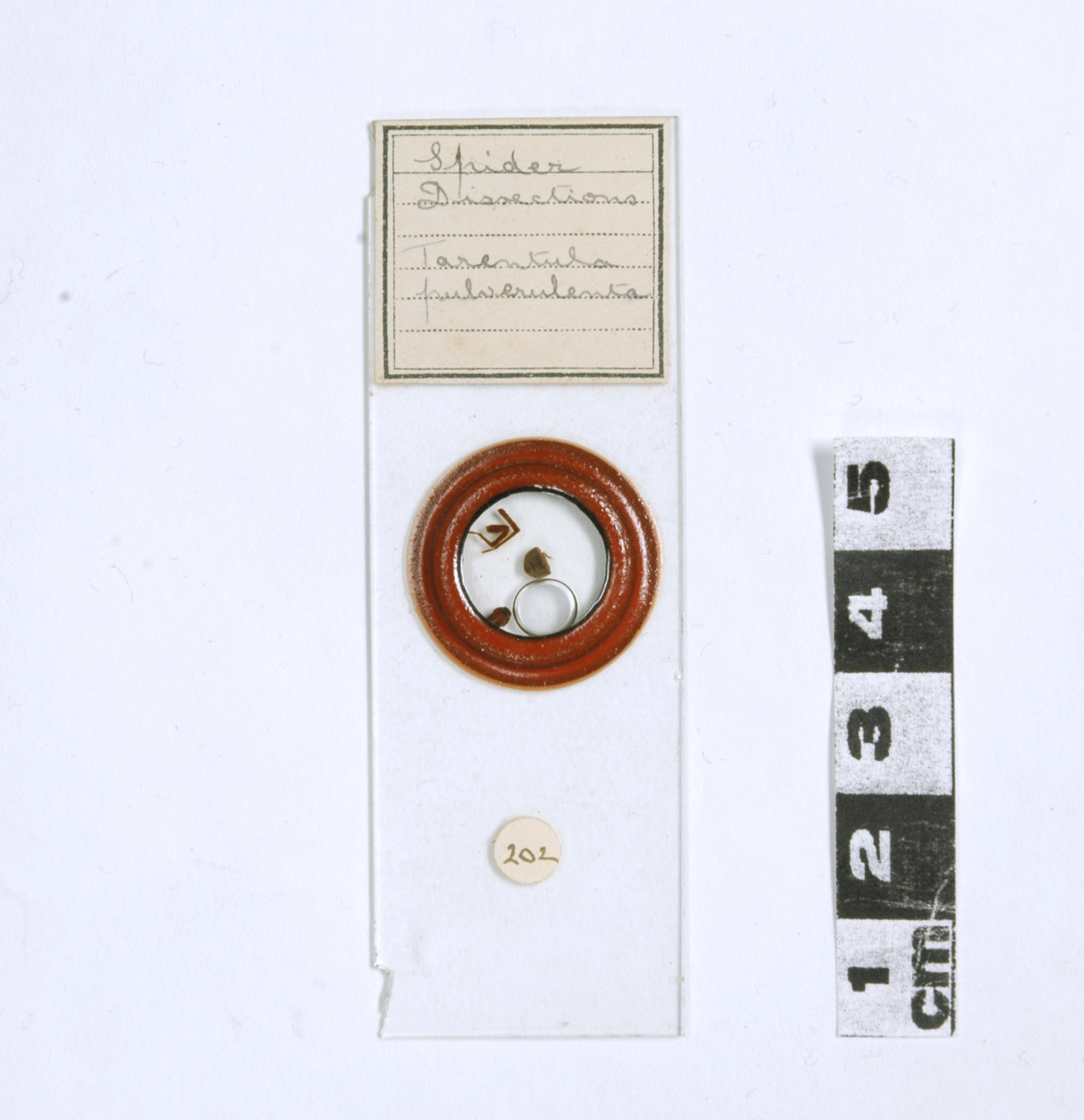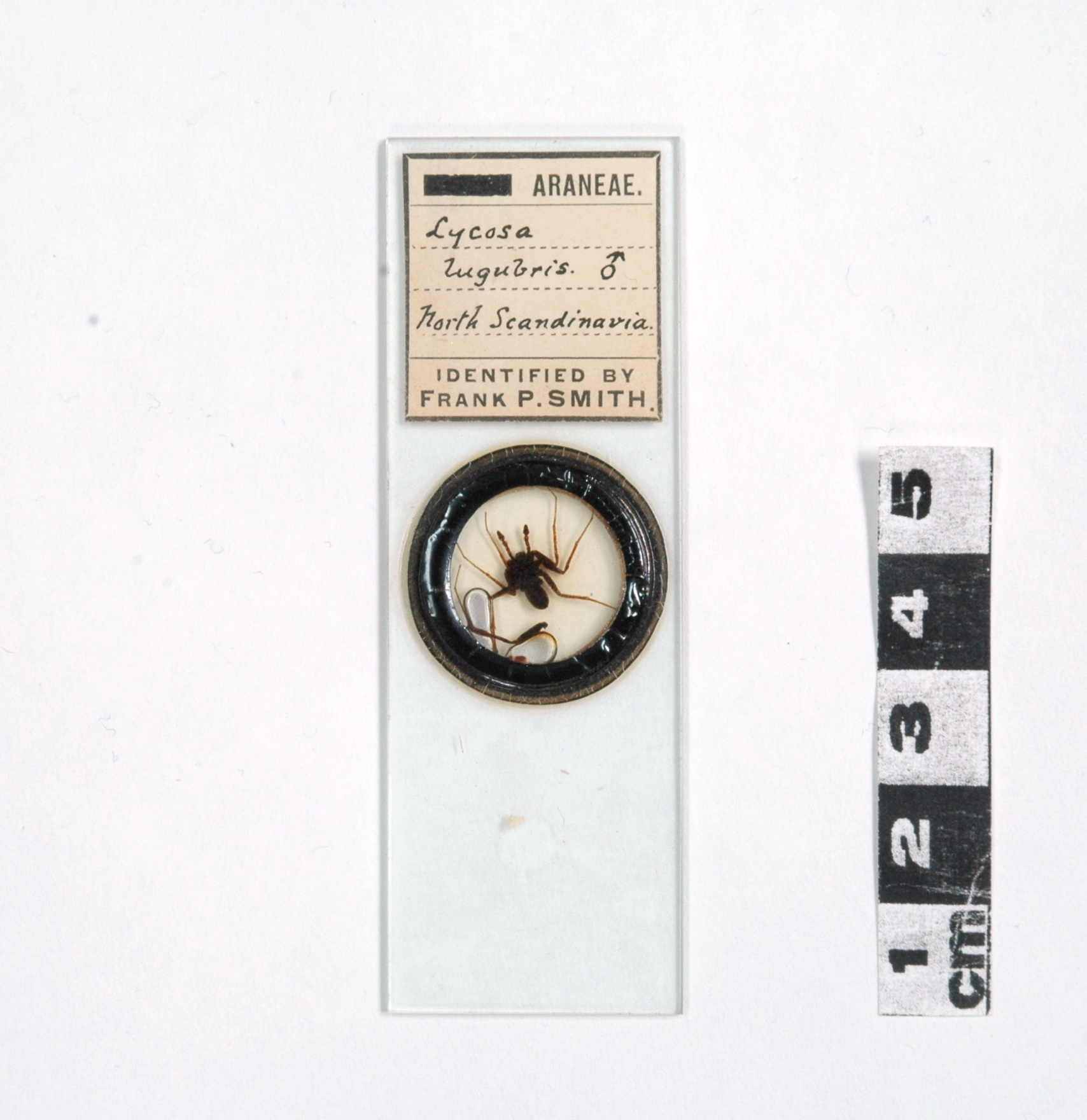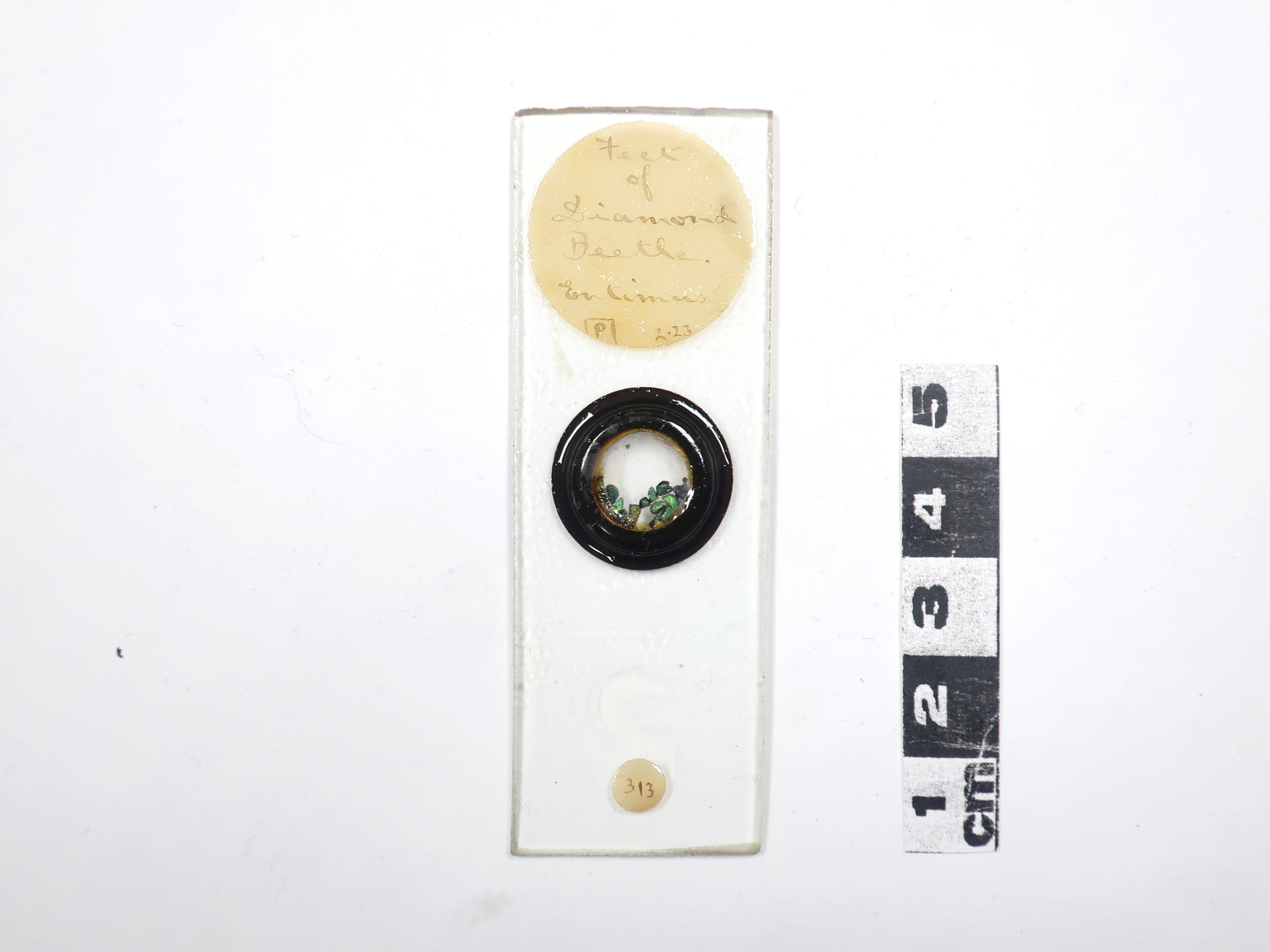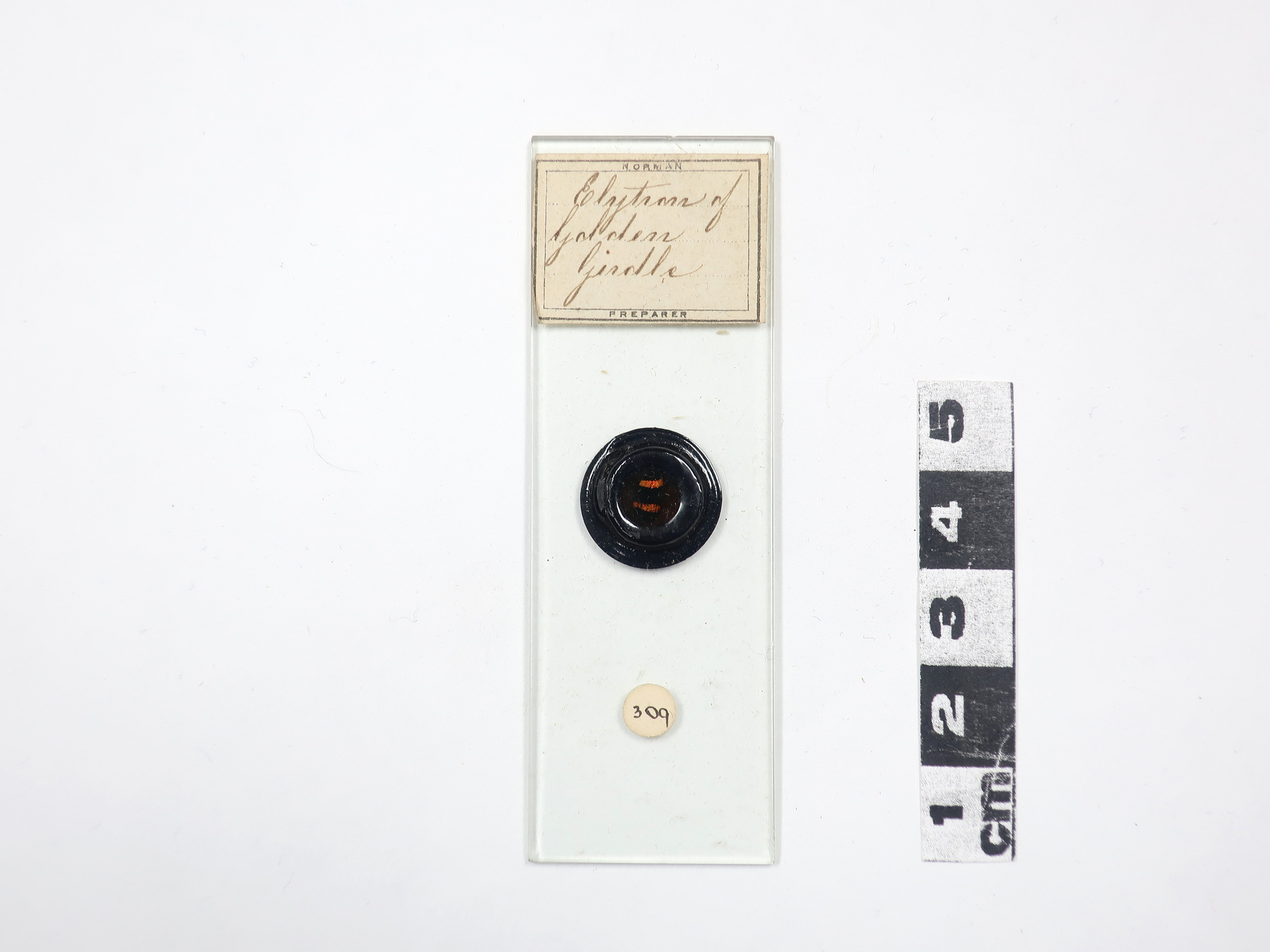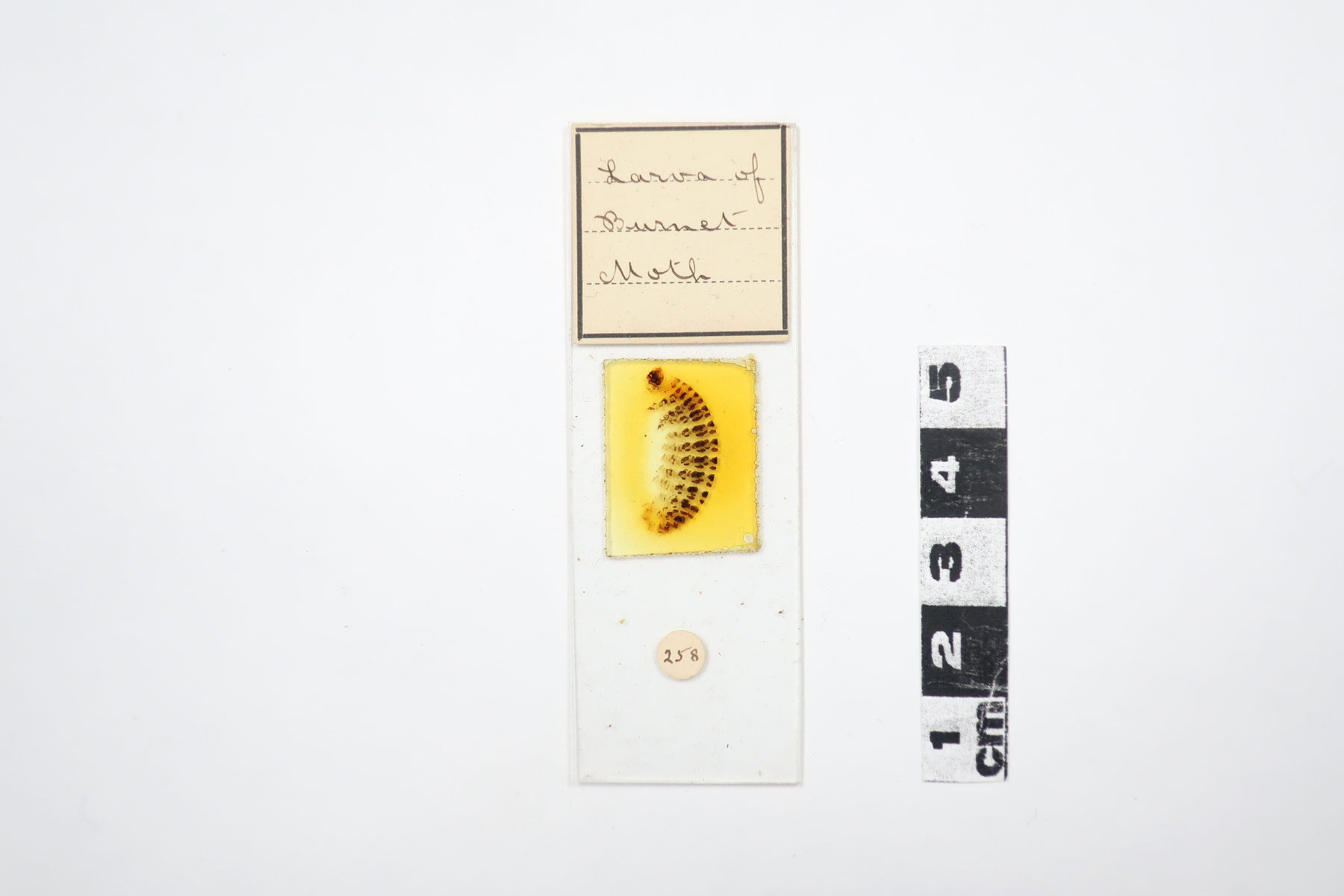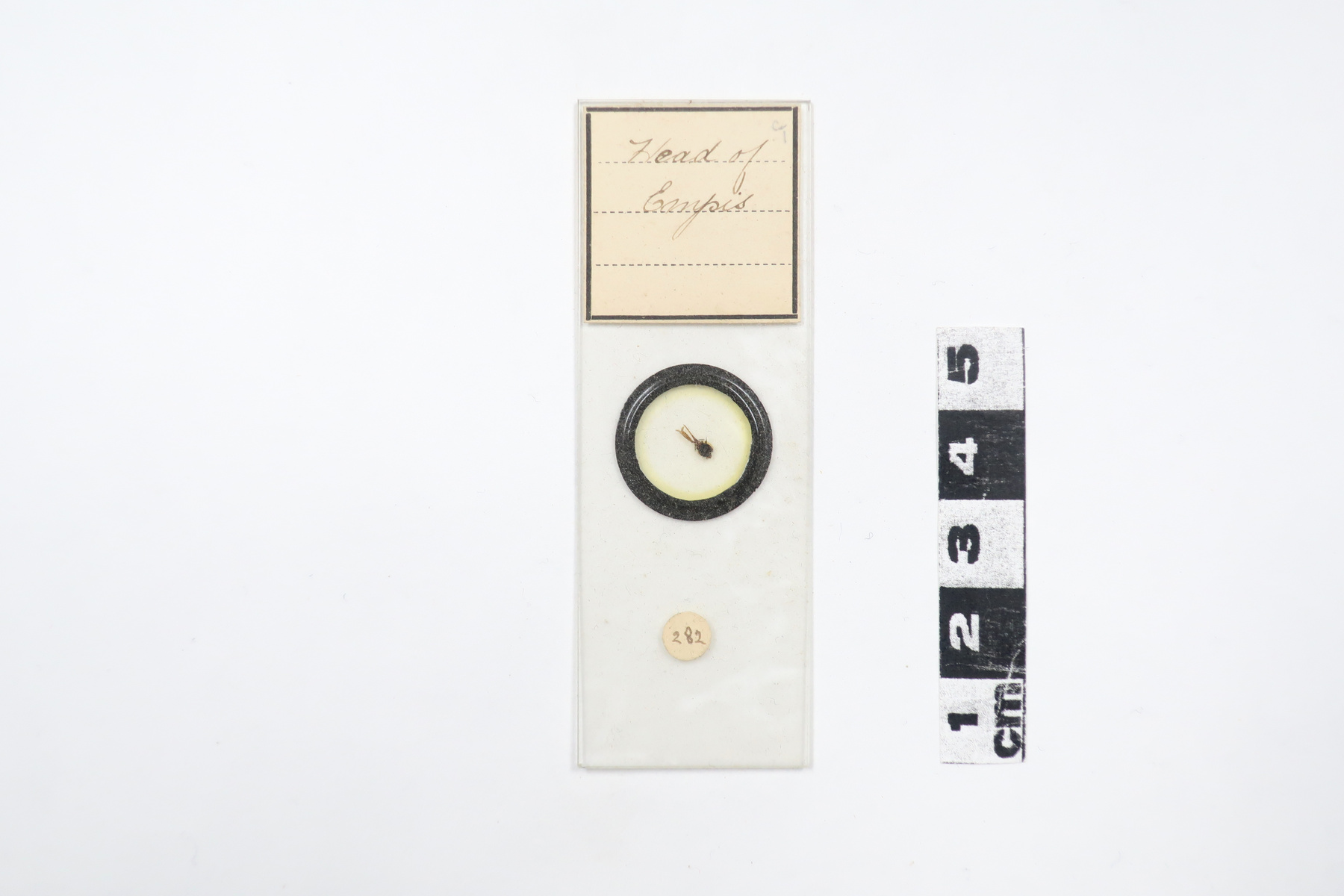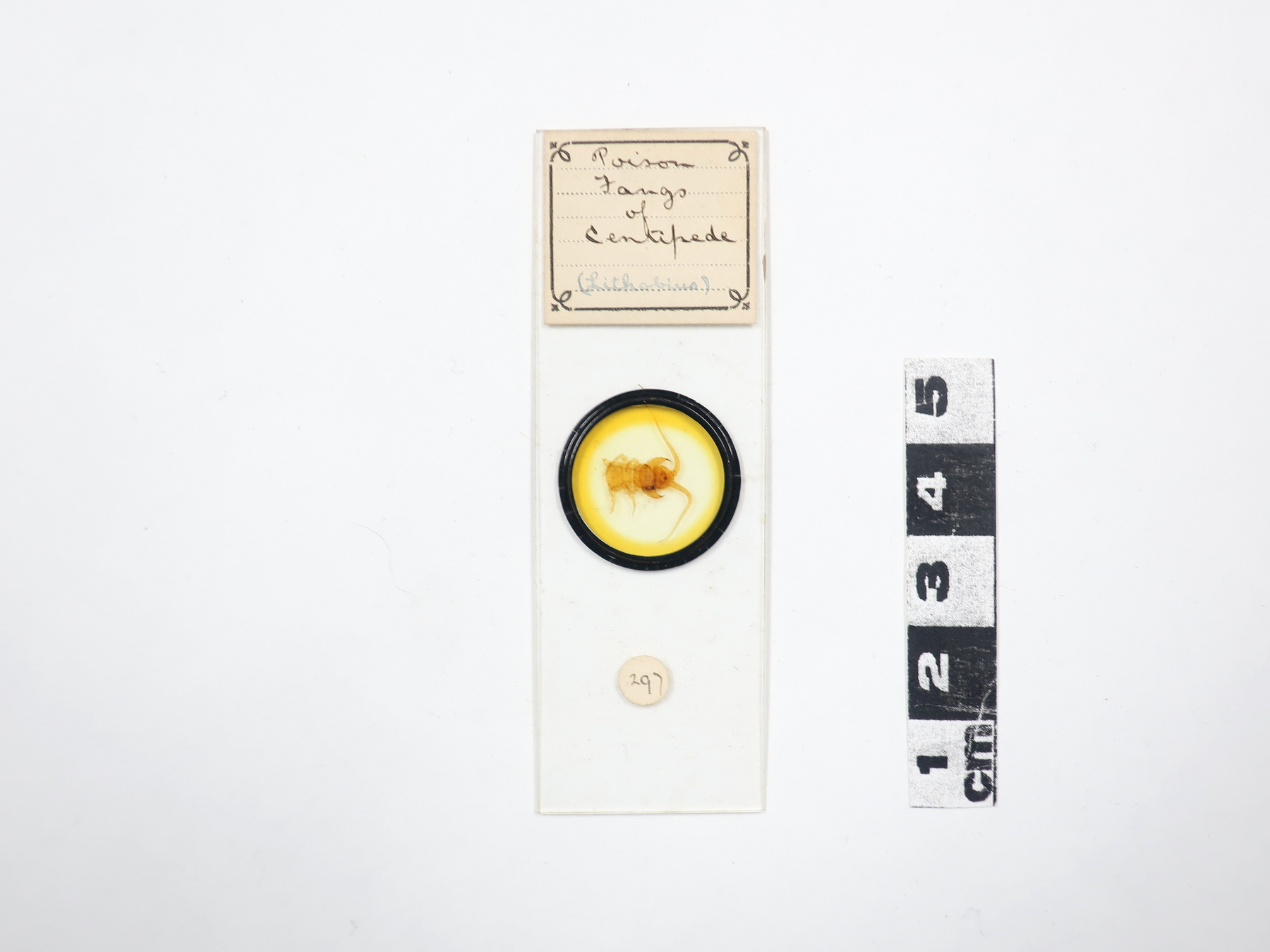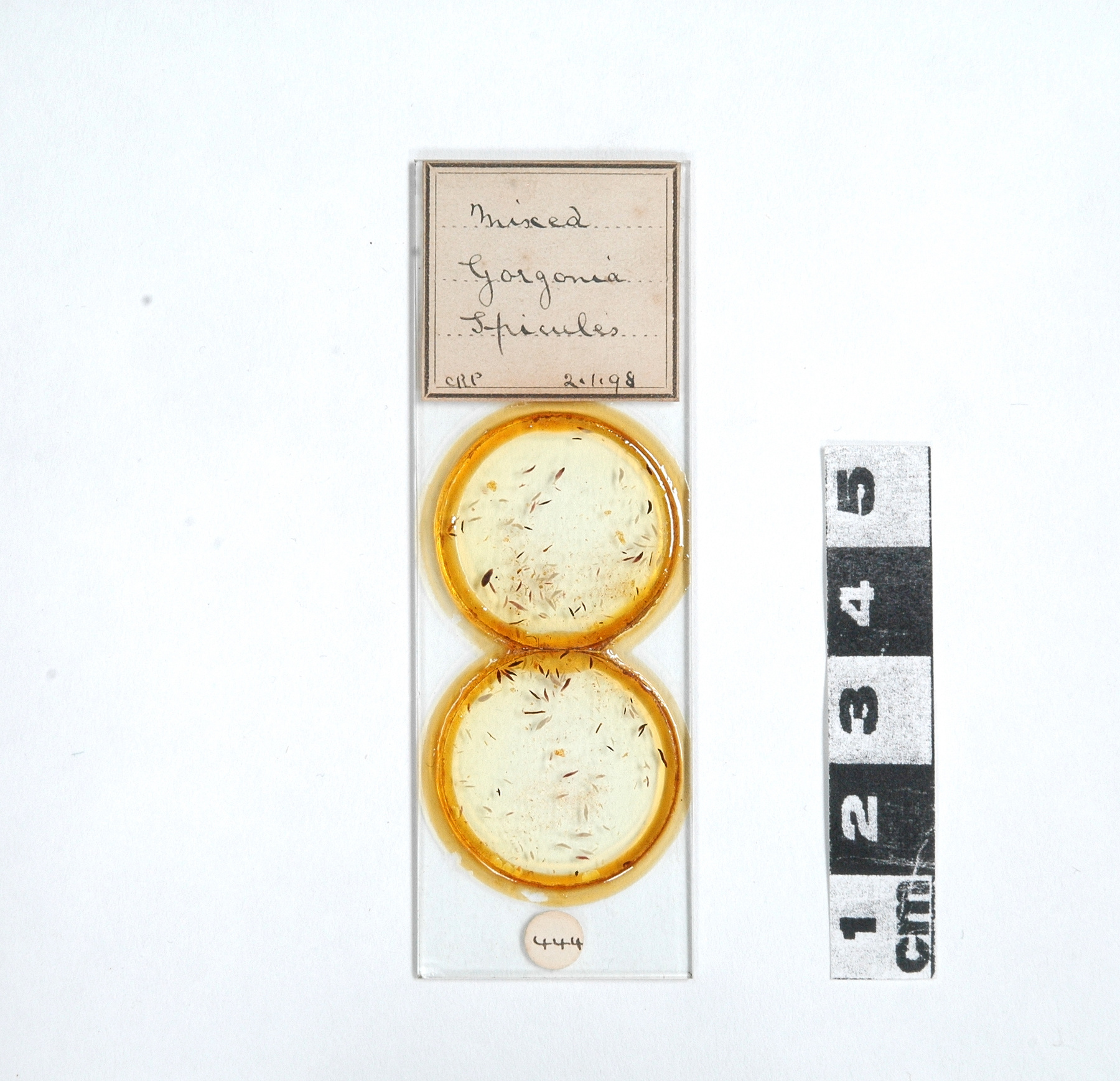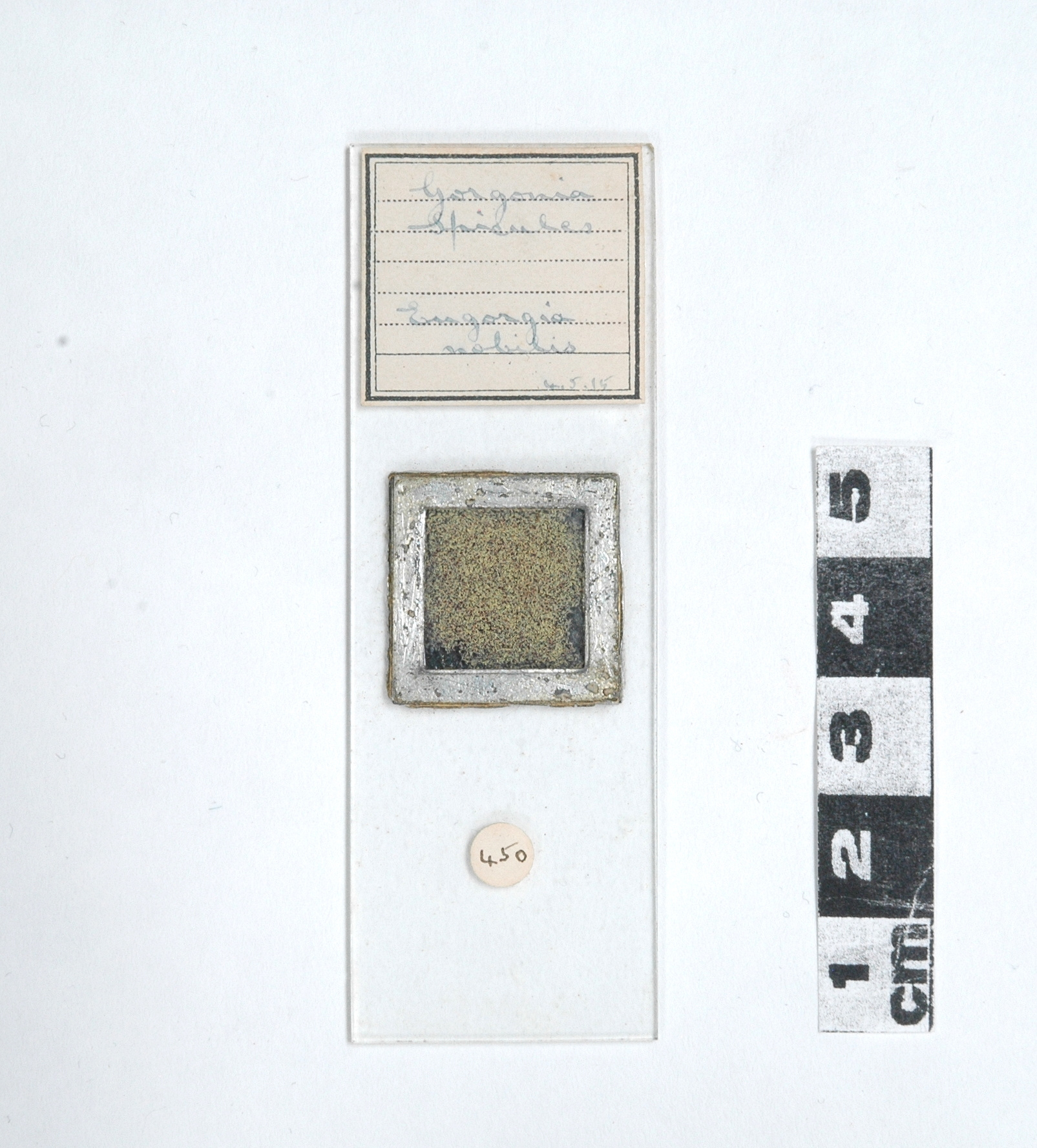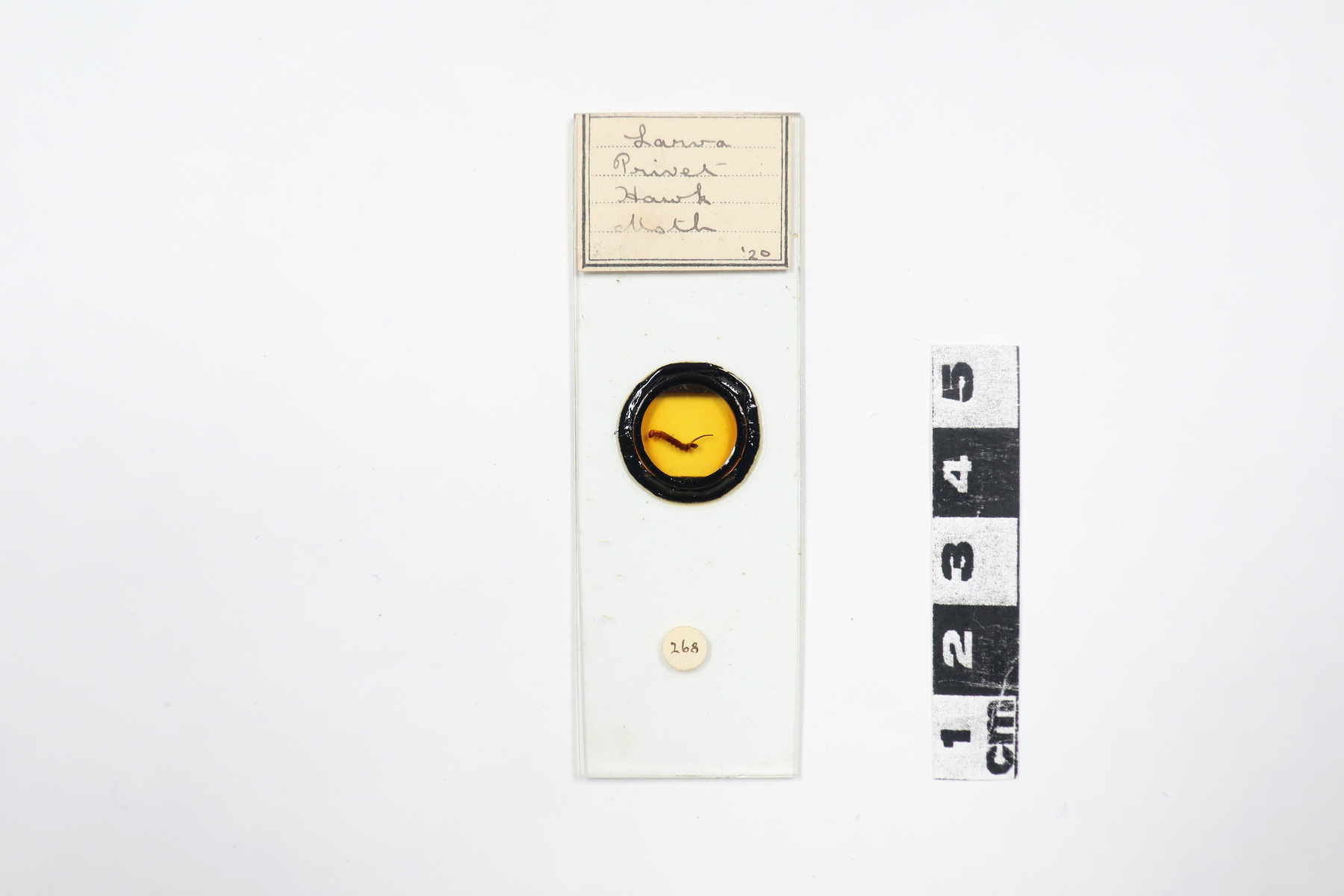Porte-objet
Utiliser cette image
Puis-je réutiliser cette image sans autorisation? Oui
Les images sur le portail de la collection d’Ingenium ont la licence Creative Commons suivante :
Copyright Ingenium / CC BY-NC-ND (Attribution-NonCommercial 4.0 International (CC BY-NC 4.0)
ATTRIBUER CETTE IMAGE
Ingenium,
2009.0353.012
Permalien:
Ingenium diffuse cette image sous le cadre de licence Creative Commons et encourage son téléchargement et sa réutilisation à des fins non commerciales. Veuillez mentionner Ingenium et citer le numéro de l’artefact.
TÉLÉCHARGER L’IMAGEACHETER CETTE IMAGE
Cette image peut être utilisée gratuitement pour des fins non commerciales.
Pour un usage commercial, veuillez consulter nos frais de reproduction et communiquer avec nous pour acheter l’image.
- TYPE D’OBJET
- microscope/sealed/5-cell/slider
- DATE
- 1820–1830
- NUMÉRO DE L’ARTEFACT
- 2009.0353.012
- FABRICANT
- Cary
- MODÈLE
- Inconnu
- EMPLACEMENT
- London, England
Plus d’information
Renseignements généraux
- Nº de série
- S/O
- Nº de partie
- 12
- Nombre total de parties
- 14
- Ou
- S/O
- Brevets
- S/O
- Description générale
- Ivory slide; brass rings; mica (possibly) slide windows
Dimensions
Remarque : Cette information reflète la taille générale pour l’entreposage et ne représente pas nécessairement les véritables dimensions de l’objet.
- Longueur
- 6,8 cm
- Largeur
- 1,0 cm
- Hauteur
- S/O
- Épaisseur
- S/O
- Poids
- S/O
- Diamètre
- S/O
- Volume
- S/O
Lexique
- Groupe
- Physique
- Catégorie
- Lumière et radiation électromagnétique
- Sous-catégorie
- S/O
Fabricant
- Ou
- Cary
- Pays
- England
- État/province
- Inconnu
- Ville
- London
Contexte
- Pays
- Inconnu
- État/province
- Inconnu
- Période
- Inconnu
- Canada
-
Mr. Gray was a teacher at Merivale School (ca. 1969-72) in Ottawa then at Woodsworth School (1972-1998) where he taught biology and chemistry and some math and music. The microscope was in the Woodsworth School where it was occasionally used in his classes. However, Mr. Gray did not know how it had come to be there. It was given to him after he left the school. Mr. Gray actually used the RCA / NRC electron microscope (1972.0614) in the early 1960s while he was taking a BA at Carleton Univ. where it had been transferred when NRC disposed of it. These Cary microscopes were most commonly used by women and children on Sunday afternoon treks. Compact and easily assembled, and with reasonable good (though not achromatic) optics, they were an educational instrument for the curious. The price was modest so within the reach of the upper middle class British families. We can only guess how this example made its way to Canada. (Taken from the worksheet) - Fonction
-
Inserted into a microscope stage for viewing of prepared specimens. - Technique
-
This was a very common type of microscope in the second quarter of the 19th c and those by Cary were (and still are) very common. This form was in fact developed by Charles Gould who worked for William Cary in his factory, where all these types of microscopes were manufactured. (Taken from the worksheet) - Notes sur la région
-
Inconnu
Détails
- Marques
- None
- Manque
- Appears complete
- Fini
- Ivory slider with 5 specimen cells with mica [?] covers.
- Décoration
- S/O
FAIRE RÉFÉRENCE À CET OBJET
Si vous souhaitez publier de l’information sur cet objet de collection, veuillez indiquer ce qui suit :
Cary, Porte-objet, vers 1820–1830, Numéro de l'artefact 2009.0353, Ingenium - Musées des sciences et de l'innovation du Canada, http://collection.ingeniumcanada.org/fr/id/2009.0353.012/
RÉTROACTION
Envoyer une question ou un commentaire sur cet artefact.
Plus comme ceci






